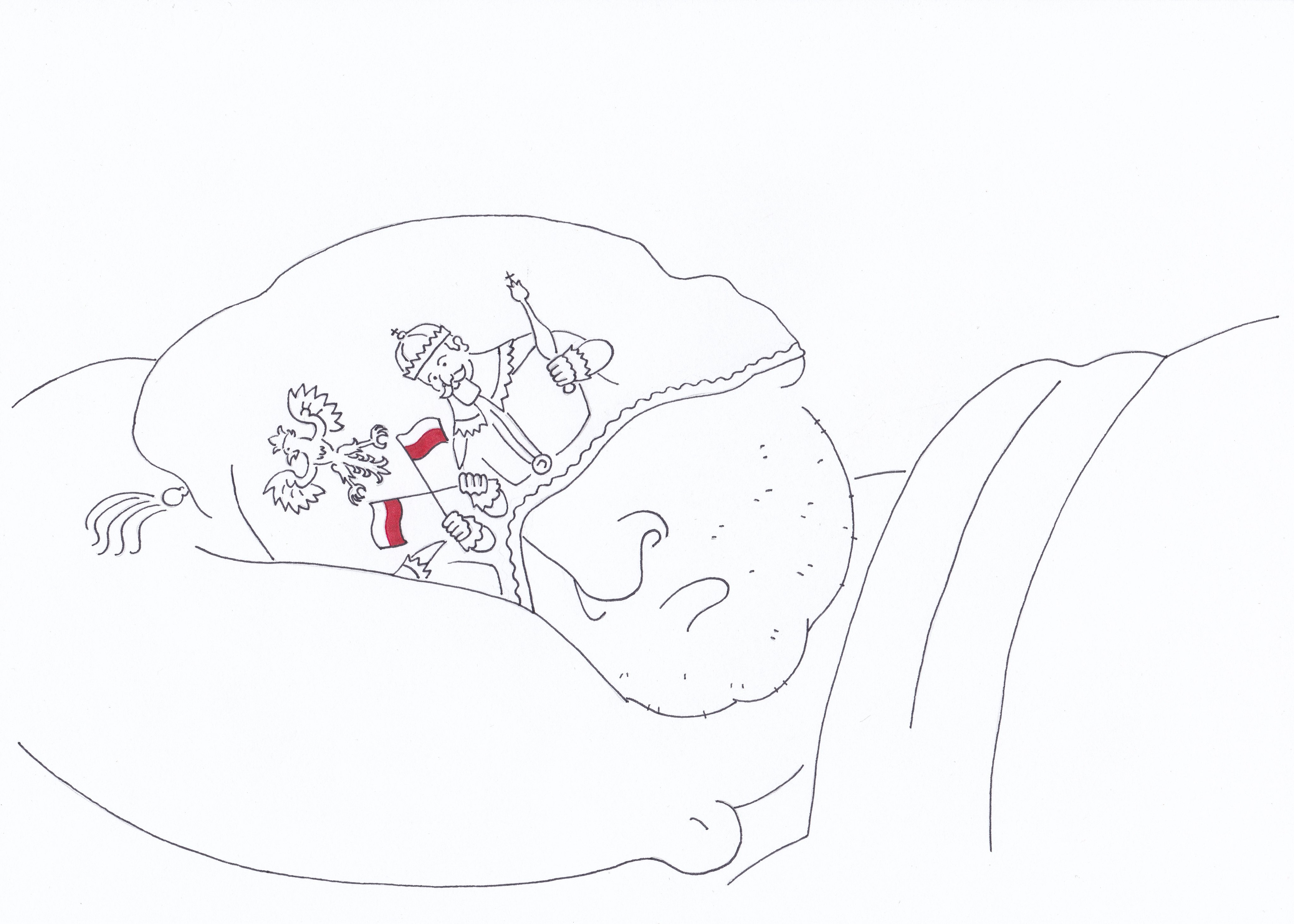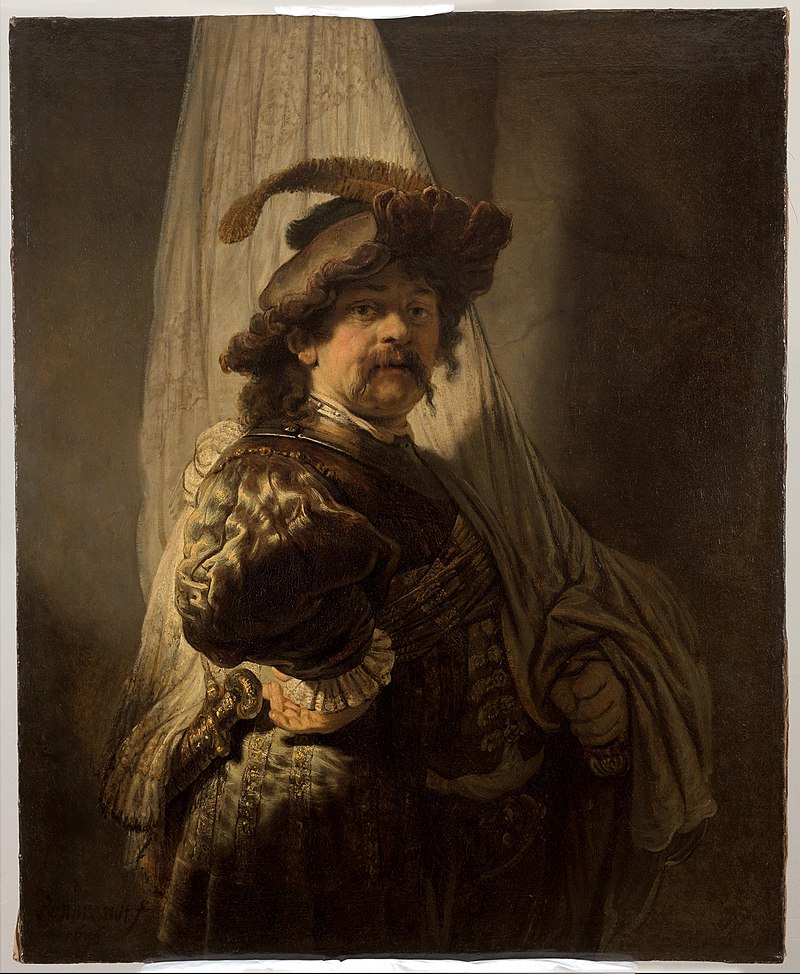 Last week, it was announced that the Rijksmuseum in Amsterdam – with financial aid from the Dutch state and several institutions – intends to buy ‘The Standard Bearer’, a painting by Rembrandt from 1636. Such standard bearers were high-placed members of town militias, not necessarily soldiers. Still, the painting offers an opportunity to reflect on a little-known aspect of Dutch-Polish historical relations: Polish soldiers in the seventeenth-century Dutch army. A travel account by the Pole Sebastian Gawarecki, written during the 1640s, discusses his stay in the Northern Netherlands alongside Marek and Jan Sobieski – the later king of Poland. On 16 May 1646, in the town of Bergen op Zoom, Gawarecki and the Sobieski brothers met “a Pole from Warsaw, who for some years now serves in the Dutch army as a standard bearer, and whom our Polish king [Władysław IV Waza] keeps in Holland at his own expense.” It is unknown who this Polish standard bearer was, but it was not unheard of for Poles to fight in the Dutch army, even if they were Catholics.
Last week, it was announced that the Rijksmuseum in Amsterdam – with financial aid from the Dutch state and several institutions – intends to buy ‘The Standard Bearer’, a painting by Rembrandt from 1636. Such standard bearers were high-placed members of town militias, not necessarily soldiers. Still, the painting offers an opportunity to reflect on a little-known aspect of Dutch-Polish historical relations: Polish soldiers in the seventeenth-century Dutch army. A travel account by the Pole Sebastian Gawarecki, written during the 1640s, discusses his stay in the Northern Netherlands alongside Marek and Jan Sobieski – the later king of Poland. On 16 May 1646, in the town of Bergen op Zoom, Gawarecki and the Sobieski brothers met “a Pole from Warsaw, who for some years now serves in the Dutch army as a standard bearer, and whom our Polish king [Władysław IV Waza] keeps in Holland at his own expense.” It is unknown who this Polish standard bearer was, but it was not unheard of for Poles to fight in the Dutch army, even if they were Catholics.
The Eighty Years’ War, fought between the Dutch and Spanish, brought about a large-scale modernization in the art of warfare. During much of the seventeenth century, and until the 1648 Peace of Münster in particular, the young Dutch Republic in Polish eyes formed one of the greatest military powers on the continent. The ongoing war attracted vast numbers of young men from across the continent, who wished to study the Dutch art of war, either by observation or by participation. Many nobles from the Polish-Lithuanian Commonwealth studied fortification and artillery at Dutch universities and academies, visited fortresses and army encampments, or enlisted in the Dutch army themselves. Several months ago, we already discussed one famous example: Krzysztof Arciszewski, who made a career in the Dutch West-India Company. Arciszewski’s choice to join the Dutch army is relatively unsurprising, since he was a Protestant. Catholics could join the Dutch ranks as well, however. Despite his Catholic upbringing, the Pole Władysław Konstanty Wituski fought alongside Arciszewski in Brazil, for instance, and the Catholic Lithuanian nobleman Krzysztof Zygmunt Pac served in the Dutch forces as well. It is not unthinkable, therefore, that the Catholic king Władysław IV Waza indeed paid for the upkeep of a Polish standard bearer in the Dutch army.
*I originally wrote this post for the social media outlets of the Dutch Embassy in Poland. This was post no. 23.
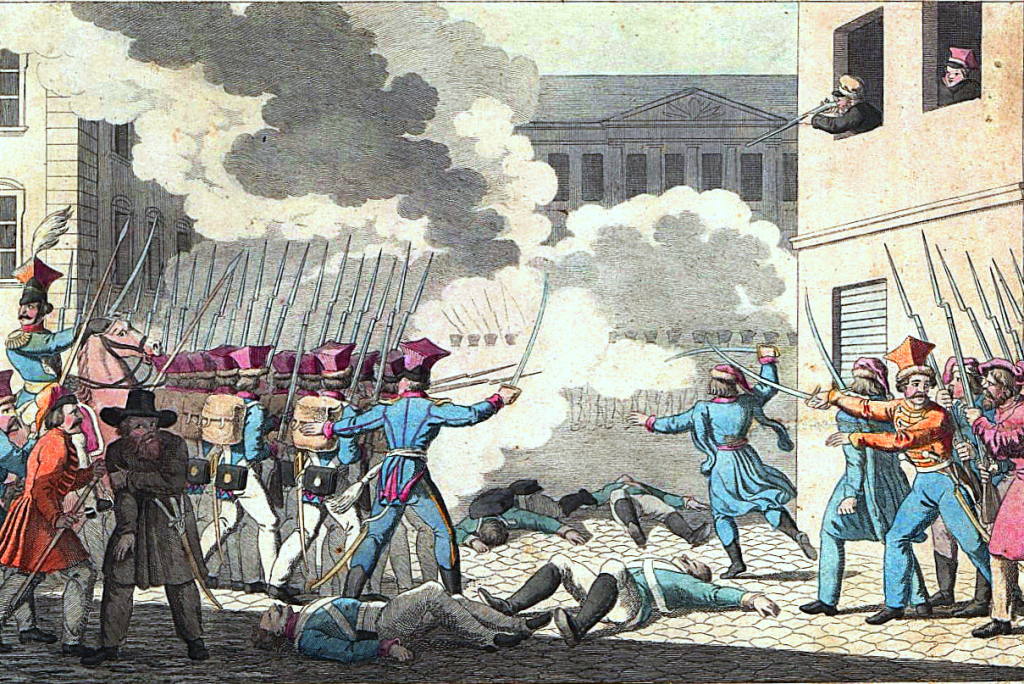
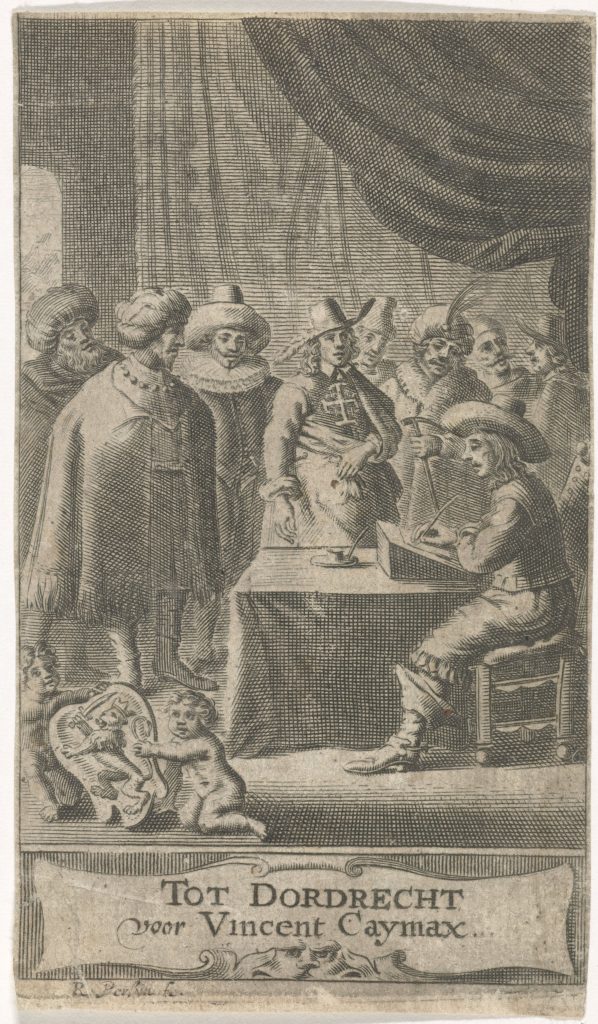 Joris’s representation of Poland is generally favourable. Describing Cracow, he professed that: “it lies along the Vistula river, which also flows past the royal castle, placed on an elevated mound. Because of the splendour of its buildings, the affluence of all manner of goods, and various kinds of scholarly disciplines, the city itself contends with the illustrious towns of Germany.” In addition, Joris enthusiastically related his visit to the nearby Wieliczka salt mines, which attracted the attention of various foreign scholars and travellers. He also visited the poet Szymon Szymonowicz (1558-1629) in Lviv, and he befriended a Polish diplomat in Constantinople, who shared his interest for classical literature. Returning home, furthermore, Joris stayed in Zamość, a city founded in 1580 by the Grand Chancellor Jan Zamoyski (1542-1605), who was a friend of Joris’s father. Zamość also included an academy for higher education. Joris elaborately praised the city as “an effigy not just to Poland, but to the whole of Europe”, and he applauded the learnedness of Zamoyski himself. His flattering words were no doubt meant to strengthen his bonds with his Polish contacts. The account is an interesting testimony to the historical ties and friendships between Dutch and Polish scholars.
Joris’s representation of Poland is generally favourable. Describing Cracow, he professed that: “it lies along the Vistula river, which also flows past the royal castle, placed on an elevated mound. Because of the splendour of its buildings, the affluence of all manner of goods, and various kinds of scholarly disciplines, the city itself contends with the illustrious towns of Germany.” In addition, Joris enthusiastically related his visit to the nearby Wieliczka salt mines, which attracted the attention of various foreign scholars and travellers. He also visited the poet Szymon Szymonowicz (1558-1629) in Lviv, and he befriended a Polish diplomat in Constantinople, who shared his interest for classical literature. Returning home, furthermore, Joris stayed in Zamość, a city founded in 1580 by the Grand Chancellor Jan Zamoyski (1542-1605), who was a friend of Joris’s father. Zamość also included an academy for higher education. Joris elaborately praised the city as “an effigy not just to Poland, but to the whole of Europe”, and he applauded the learnedness of Zamoyski himself. His flattering words were no doubt meant to strengthen his bonds with his Polish contacts. The account is an interesting testimony to the historical ties and friendships between Dutch and Polish scholars.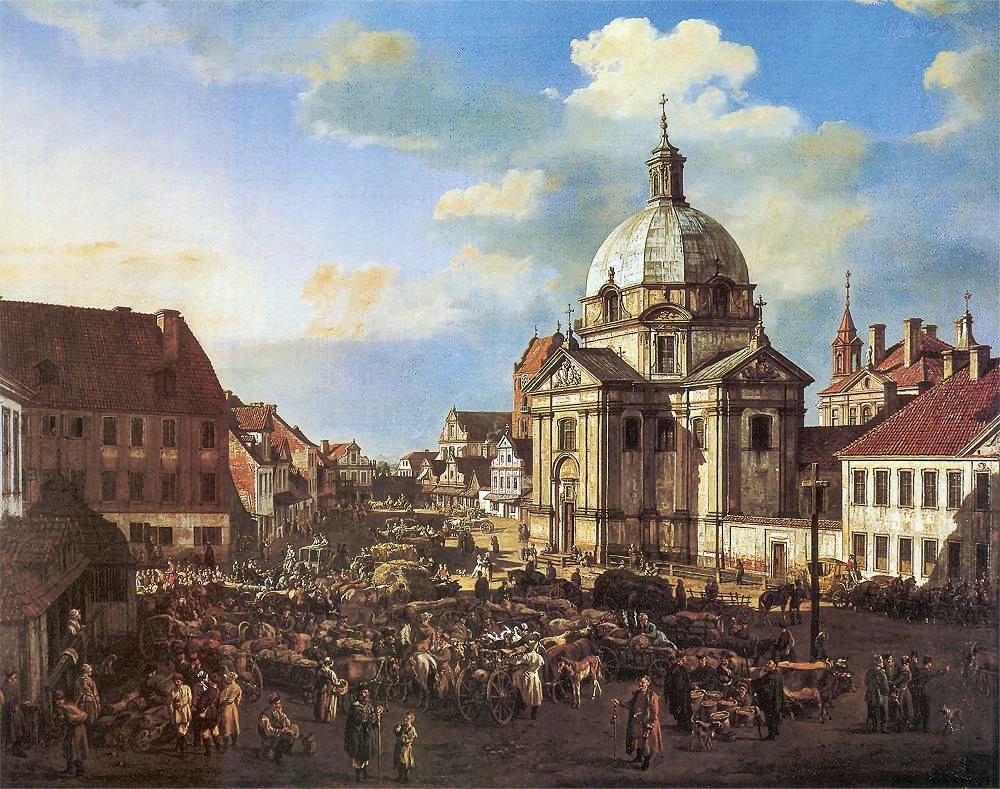
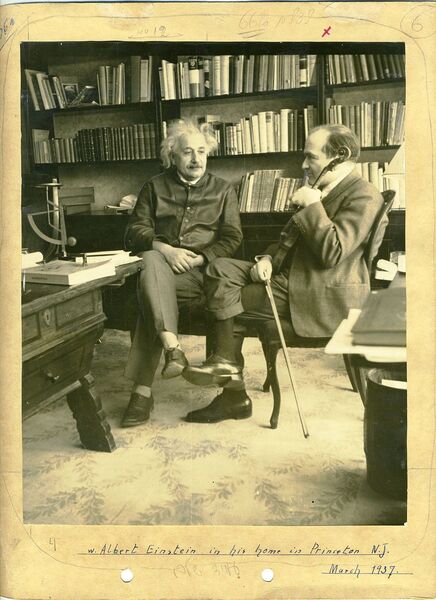
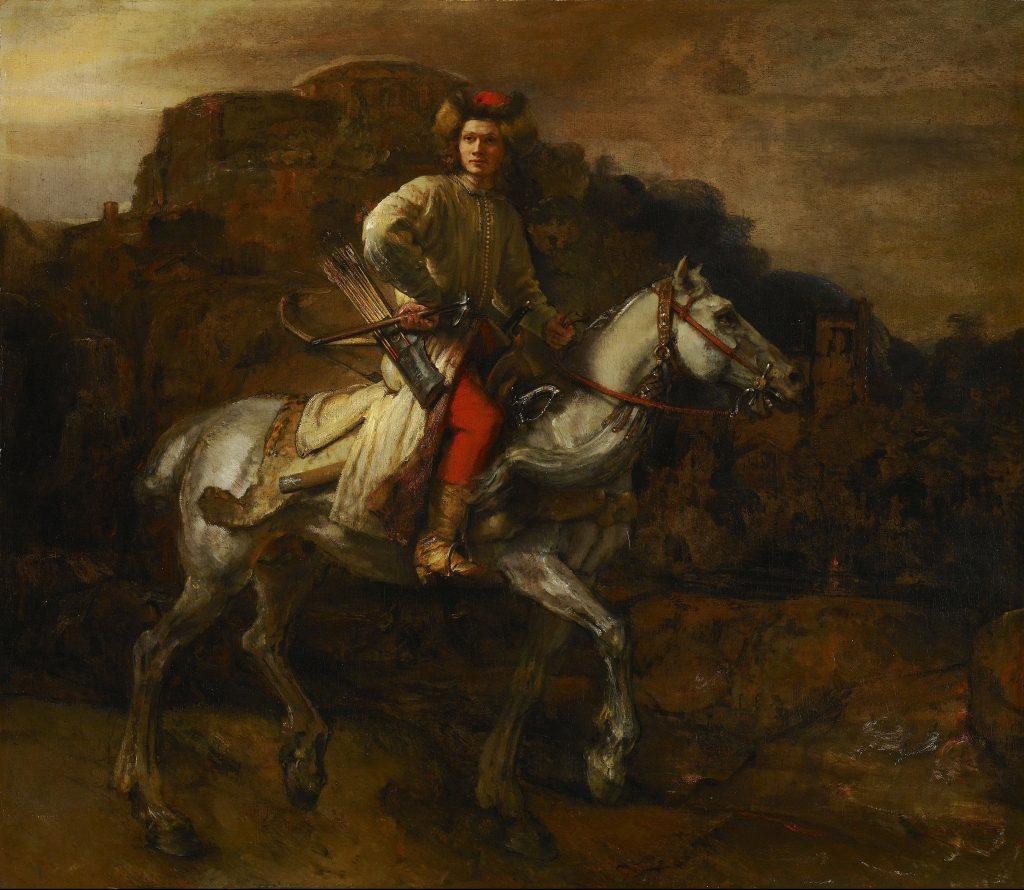
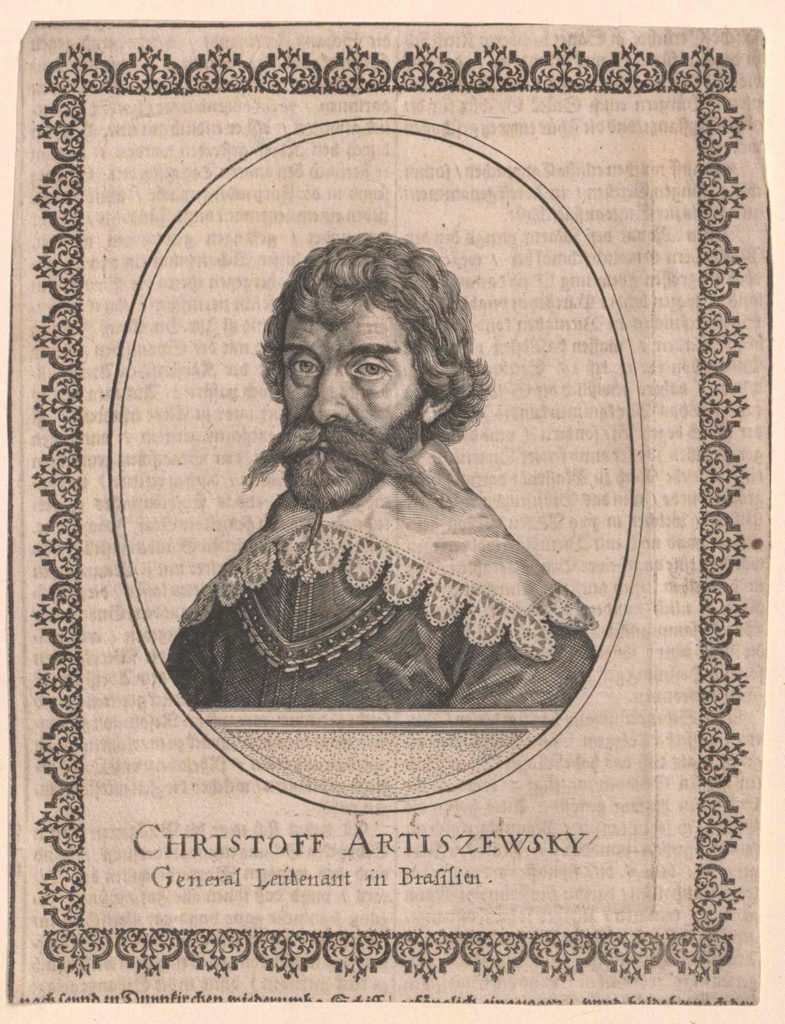 Numerous Poles live and work in the Netherlands today, and they have been doing so for hundreds of years. One of the most colourful and famous examples is the Protestant nobleman Krzysztof Arciszewski (1592-1656), an officer, engineer and author, who through became something of a celebrity in both the seventeenth-century Netherlands and Poland. Arciszewski first arrived in Holland in 1624, at the time of the Eight Years’ War, and until 1629 actively participated in a number of battles in both the Low Countries and France, always fighting on the Protestant side. For example, he partook in the Dutch attempts to end the Spanish siege of Breda in 1624-1625, and he fought in the siege of ’s-Hertogenbosch in 1629. Moreover, he studied military engineering and artillery at Leiden University. In 1629, Arciszewski was offered a three-year contract with the Dutch West-India Company and in the rank of captain left for Brazil. He celebrated multiple victories against the Portuguese, and was eventually promoted colonel. After the arrival, in 1637, of the new governor-general, Count John Maurice of Nassau-Siegen (1604-1679), Arciszewski continued to play a key role in the Brazilian campaign, but disagreements between the two men led to Arciszewski’s return to Holland in 1639. He broke with the Dutch military, but stayed in the United Provinces until 1646, at which time he was summoned back to Poland and nominated royal general of artillery. Arciszewski next participated in a number of battles against the Turks and Cossacks, before retiring in 1649. He died in 1656.
Numerous Poles live and work in the Netherlands today, and they have been doing so for hundreds of years. One of the most colourful and famous examples is the Protestant nobleman Krzysztof Arciszewski (1592-1656), an officer, engineer and author, who through became something of a celebrity in both the seventeenth-century Netherlands and Poland. Arciszewski first arrived in Holland in 1624, at the time of the Eight Years’ War, and until 1629 actively participated in a number of battles in both the Low Countries and France, always fighting on the Protestant side. For example, he partook in the Dutch attempts to end the Spanish siege of Breda in 1624-1625, and he fought in the siege of ’s-Hertogenbosch in 1629. Moreover, he studied military engineering and artillery at Leiden University. In 1629, Arciszewski was offered a three-year contract with the Dutch West-India Company and in the rank of captain left for Brazil. He celebrated multiple victories against the Portuguese, and was eventually promoted colonel. After the arrival, in 1637, of the new governor-general, Count John Maurice of Nassau-Siegen (1604-1679), Arciszewski continued to play a key role in the Brazilian campaign, but disagreements between the two men led to Arciszewski’s return to Holland in 1639. He broke with the Dutch military, but stayed in the United Provinces until 1646, at which time he was summoned back to Poland and nominated royal general of artillery. Arciszewski next participated in a number of battles against the Turks and Cossacks, before retiring in 1649. He died in 1656.
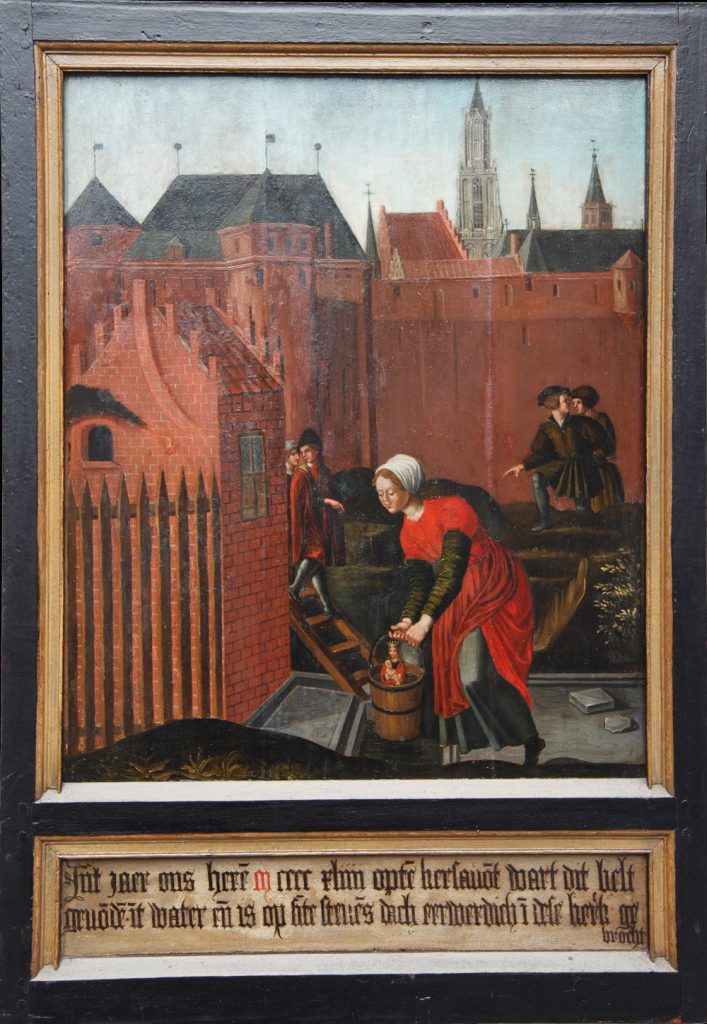 Did you hear about the medieval pilgrim from Gdańsk who visited the Netherlands? The story begins around Christmas 1444, when something remarkable occurred in Amersfoort, near Utrecht: a local girl, Margriet Gijsen, purportedly had three visions, in which God told her to go to a canal outside the city and find a statue of the Virgin Mary. Margriet did so and pulled the statue out of the icy water. This event was interpreted as a miracle, and Amersfoort quickly grew into an well-known place of worship. Pilgrims from all over Europe came to honour the statue, particularly on the Sunday before Pentecost. The miracle of Margriet and ca. 550 other miracles related to the statue are recorded in the so-called Mirakelboek, which starts in 1444 and ends in 1545. The statue was especially popular with shipmen and evoked in case of sea storms, shipwreck and drowning.
Did you hear about the medieval pilgrim from Gdańsk who visited the Netherlands? The story begins around Christmas 1444, when something remarkable occurred in Amersfoort, near Utrecht: a local girl, Margriet Gijsen, purportedly had three visions, in which God told her to go to a canal outside the city and find a statue of the Virgin Mary. Margriet did so and pulled the statue out of the icy water. This event was interpreted as a miracle, and Amersfoort quickly grew into an well-known place of worship. Pilgrims from all over Europe came to honour the statue, particularly on the Sunday before Pentecost. The miracle of Margriet and ca. 550 other miracles related to the statue are recorded in the so-called Mirakelboek, which starts in 1444 and ends in 1545. The statue was especially popular with shipmen and evoked in case of sea storms, shipwreck and drowning.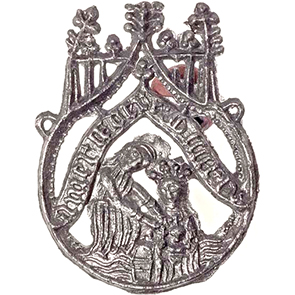 The story can be related to a pilgrim’s badge from Amersfoort, which was found in or near Gdańsk. The badge depicts the moment when Margriet pulled the statue of Mary out of the water. Such badges were made at the place of worship and could be purchased by pilgrims, who then took them back home. The badge shows the importance and popularity of Amersfoort as a medieval pilgrimage site, which really was visited by people from Gdańsk. Perhaps the man from the story took a badge home as well…
The story can be related to a pilgrim’s badge from Amersfoort, which was found in or near Gdańsk. The badge depicts the moment when Margriet pulled the statue of Mary out of the water. Such badges were made at the place of worship and could be purchased by pilgrims, who then took them back home. The badge shows the importance and popularity of Amersfoort as a medieval pilgrimage site, which really was visited by people from Gdańsk. Perhaps the man from the story took a badge home as well…